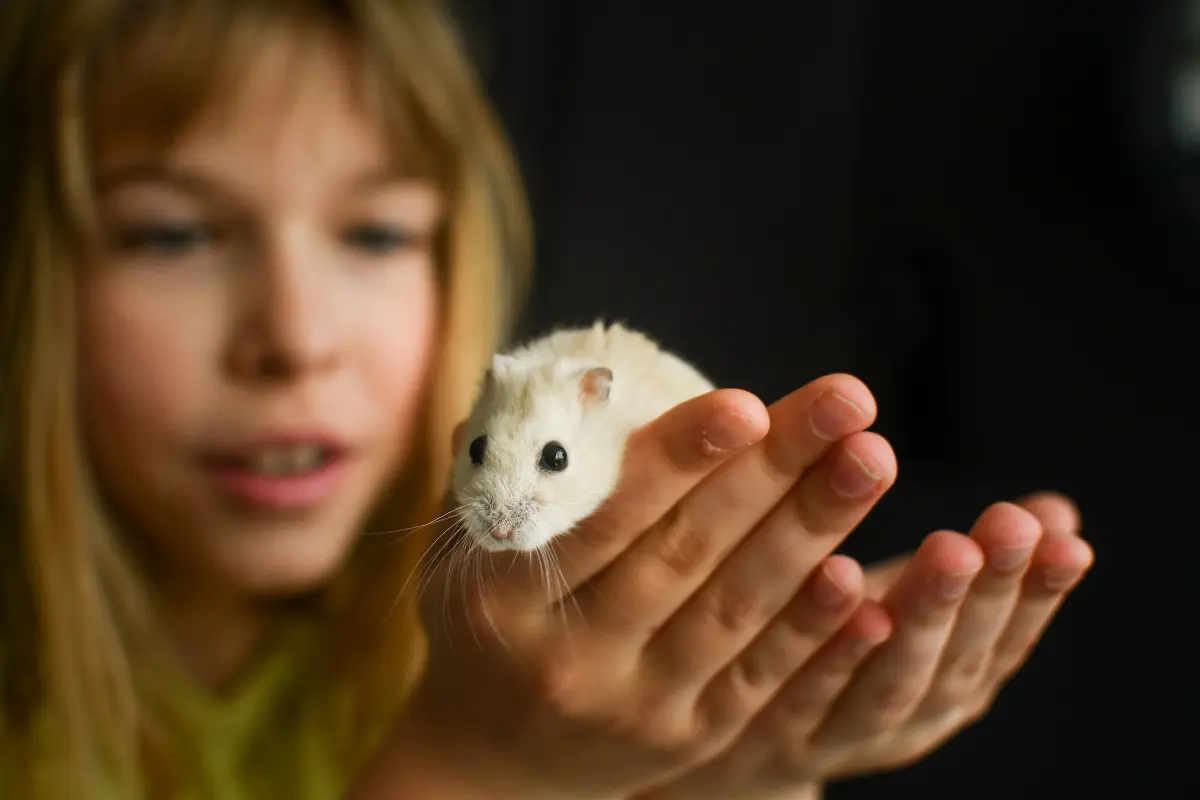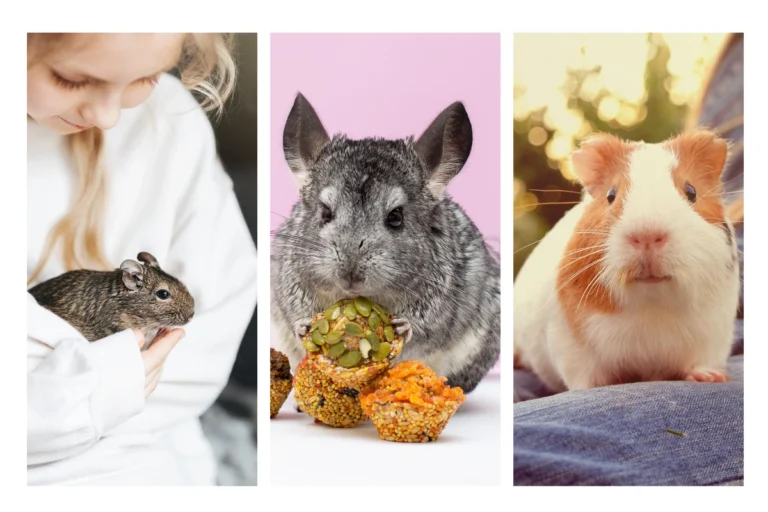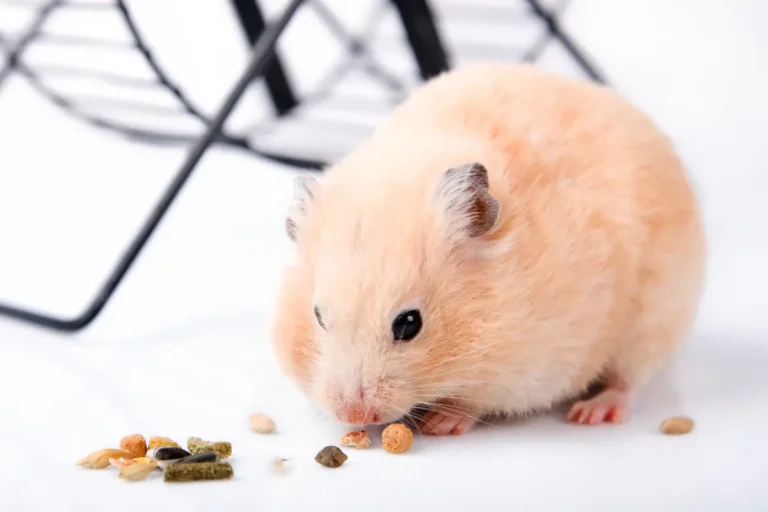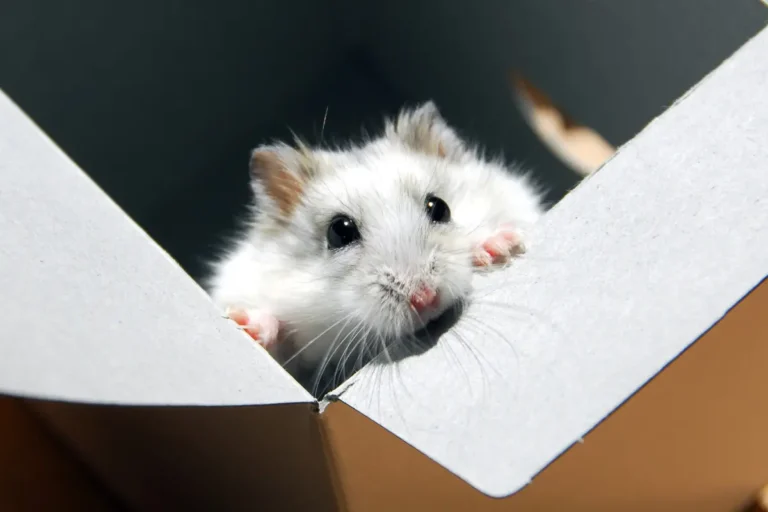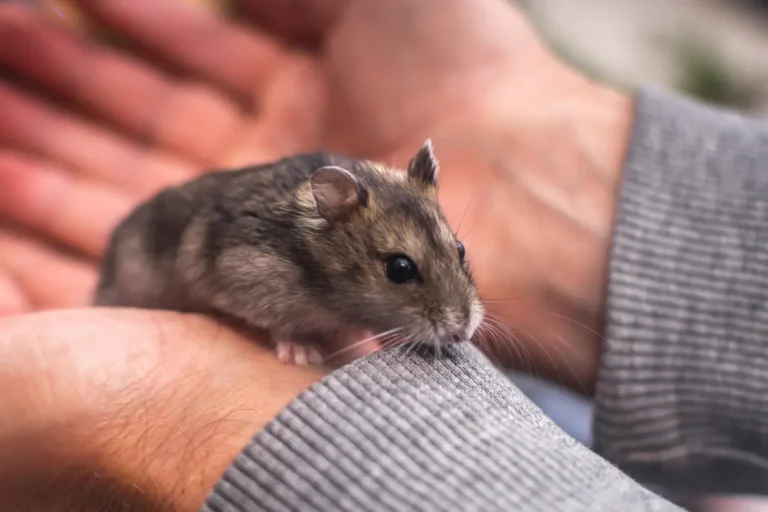How to Choose the Right Hamster Species for First-Time Owners
If you’re considering getting your first hamster, you might be wondering which species is best for beginners. The truth is, there isn’t one perfect answer because every hamster has its own unique personality. However, many people suggest the Syrian hamster as the go-to species for first-time owners, but is that always the best choice?
Let’s take a deeper look at different hamster species and what you can expect from each one.
1. Syrian Hamsters
Overview: Syrian hamsters, also known as golden hamsters, are the largest species, making them more visible and easier to handle. They are solitary creatures and should be housed individually.
Temperament and Personality: While many Syrian hamsters are friendly and enjoy human interaction, individual personalities can vary. Some may be more energetic or even aggressive. Early socialization and patience are key to building a bond.
Space and Enclosure Requirements: Syrians require a spacious cage with at least 800 square inches of floor space. Providing a large, enriching environment is crucial to prevent stress and undesirable behaviors.
Pros:
- Larger size facilitates handling.
- Generally easier to tame with proper socialization.
- Often enjoy human interaction once comfortable.
Cons:
- Can be picky and hard to please if their environment isn’t ideal.
- Require a larger, more spacious cage.
- Each hamster has its own unique personality, and not all Syrians are friendly or easygoing.
2. Chinese Hamsters
Overview: Chinese hamsters are smaller, with a distinctive long, narrow body and a rat-like tail. They are less common in pet stores but can make wonderful pets for the right owner.
Personality and Handling: Chinese hamsters tend to be more reserved and cautious, which means they might take a little longer to warm up to their owners.
Unlike Syrians, who are more likely to enjoy interacting with humans once they’re tamed, Chinese hamsters may need extra patience to get used to being handled. However, once they’ve settled in and built trust, they can become quite affectionate and form strong bonds with their caregivers.
Space and Care: Chinese hamsters don’t need as large of a cage as Syrian hamsters, but they still require enough space to explore and play. A smaller cage may be acceptable for Chinese hamsters, but they still need enrichment like tunnels, wheels, and toys to keep them active and engaged.
They are also known for being excellent climbers, so providing a cage with multiple levels and places to climb can help satisfy their curiosity and energy.
Pros:
- Smaller size makes them easier to house in smaller spaces.
- Can become very affectionate once they trust their owners.
- Quiet and less demanding compared to larger species.
Cons:
- Can be shy and more difficult to tame, requiring extra patience.
- Need a calm, quiet environment to thrive.
- May not be as outwardly affectionate or cuddly as other species.
3. Roborovski Dwarf Hamsters (Robos)
Overview: Roborovski hamsters, often called “Robos,” are the smallest of all hamster species. While they are incredibly cute, they are also known for being more energetic and harder to tame, which is why they are often not recommended for first-time hamster owners.
Personality and Handling: Robos are incredibly fast and can be difficult to catch or hold. Their tiny size (usually around 2 inches long) and quick movements mean they tend to be more challenging to handle than larger hamsters like Syrians.
If you’re looking for a hamster that will sit comfortably in your hand and enjoy cuddles, a Robo may not be the best choice. They are often more skittish and less social than other species, preferring to run around and explore their surroundings rather than bonding with humans.
Space and Care: Robos are very active and require a lot of space to roam and explore. A large cage with tunnels, wheels, and hiding spots will keep them entertained and provide them with the mental and physical stimulation they need. They are also escape artists, so make sure their enclosure is secure and escape-proof.
Pros:
- Small size makes them suitable for owners with limited space.
- Active and playful, providing entertainment and engagement.
- Can live well in pairs or small groups if properly introduced.
Cons:
- Very fast and difficult to handle, making them harder to tame.
- Not as affectionate or cuddly as other hamster species.
- Require a spacious cage with plenty of enrichment and secure enclosures.
- May not be the best choice for households with young children due to their speed and skittish nature.
4. Winter White Dwarf and Campbell’s Dwarf Hamsters
Overview: Winter White and Campbell’s dwarf hamsters are two closely related species that are often grouped together due to their similarities. These species are much smaller than Syrian hamsters but are still a popular choice for hamster enthusiasts.
Personality and Handling: Both Winter White and Campbell’s dwarf hamsters are known for their energetic and curious nature. They are smaller than Syrians, usually around 3 to 4 inches long, and tend to be more active and playful.
These hamsters are typically more social and outgoing compared to larger species like the Syrian hamster, and with patience, they can be tamed to enjoy gentle handling.
Space and Care: Winter White and Campbell’s dwarf hamsters don’t require quite as much space as Syrian hamsters but still need a good amount of room to roam and explore. A spacious cage with tunnels, toys, and a solid exercise wheel is essential for keeping them active and happy.
They are also known for being excellent burrowers, so providing them with bedding that allows for digging and hiding will help mimic their natural behavior.
Pros:
- Small size makes them ideal for owners with limited space.
- Social species that can sometimes live together in pairs or small groups.
- Active and playful, providing entertainment and engagement.
- Winter Whites have the unique ability to change color during winter, making them visually interesting.
Cons:
- Can be territorial and may not always get along with other hamsters.
- Some may be nippy or defensive, especially if they feel threatened or stressed.
- Not as cuddly or affectionate as Syrians.
- Require careful monitoring if housed with other hamsters to avoid conflicts.
Conclusion: Choose the Right Hamster for Your Lifestyle
When it comes to choosing the best hamster for beginners, there isn’t a one-size-fits-all answer.
If you’re looking for a larger, more visible hamster that enjoys human interaction, the Syrian hamster might be a great fit. However, be prepared for their high space and care needs.
If you’re drawn to smaller, more active hamsters and have the patience to handle them, the Roborovski dwarf hamster could be a good match. Meanwhile, the Chinese hamster offers a quieter and more reserved option for those who are willing to spend time building trust.
For those interested in a more social species that can potentially live in pairs or small groups, the Winter White and Campbell’s dwarf hamsters offer playful and curious personalities, but they require careful attention to social dynamics and space.
Ultimately, every hamster is unique, and their behavior will depend on genetics, environment, and socialization.
